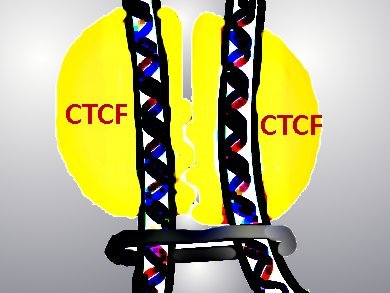Eric S. Lander, Broad Institute of MIT and Harvard, Cambridge, MA, USA, Erez Lieberman Aiden, Center for Genome Architecture, Baylor College of Medicine, Houston, TX, USA, and colleagues have assembled the first high-resolution, 3-D maps of entire folded genomes.
The researchers used in situ Hi-C, a method to study the 3-D architecture of genomes, to collect billions of snippets of DNA and analyze them for loops. Loops form when two bits of DNA that are far apart in the genome sequence touch each other in the folded version of the genome.
The maps, for the first time, allow to see what folding looks like at the level of individual genes. This reveled that loops and other genome folding patterns (domains, subcompartments) are an essential part of genetic regulation. They can combine in numerous varieties.
The researchers divide the genome into 1,000-base blocks and not 1-million-base blocks as done so far. However, since any block can collide with any other block, millionfold combinations are possible.
- A 3D Map of the Human Genome at Kilobase Resolution Reveals Principles of Chromatin Looping,
Suhas S.P. Rao, Miriam H. Huntley, Neva C. Durand, Elena K. Stamenova, Ivan D. Bochkov, James T. Robinson, Adrian L. Sanborn, Ido Machol, Arina D. Omer, Eric S. Lander, Erez Lieberman Aiden,
Cell 2014.
DOI: 10.1016/j.cell.2014.11.021 - The authors introduce their work in a video




